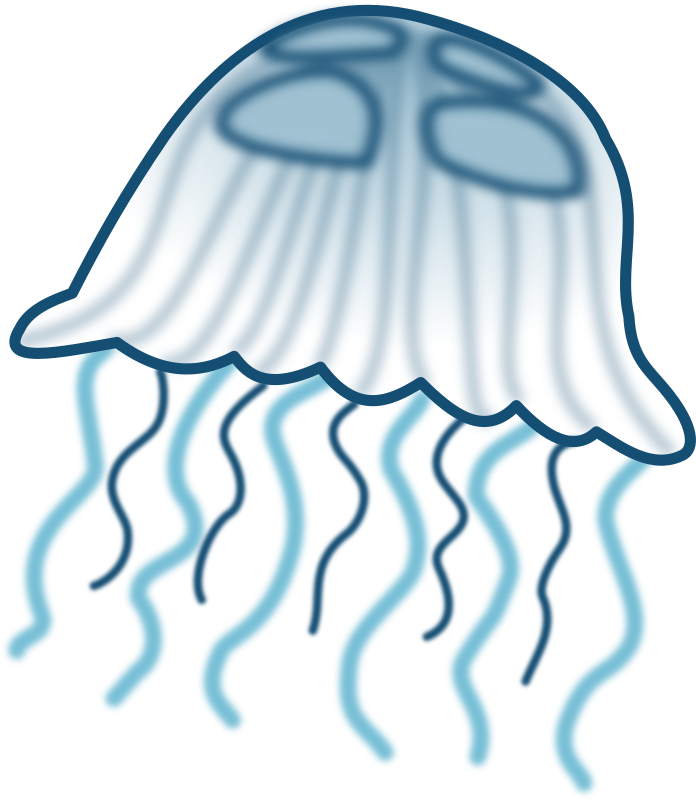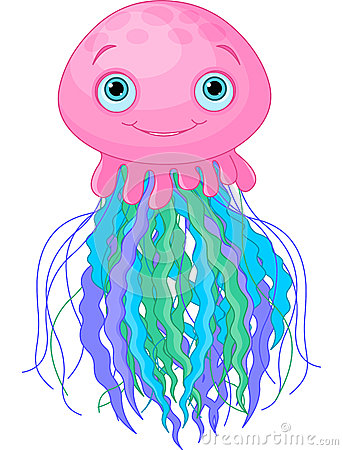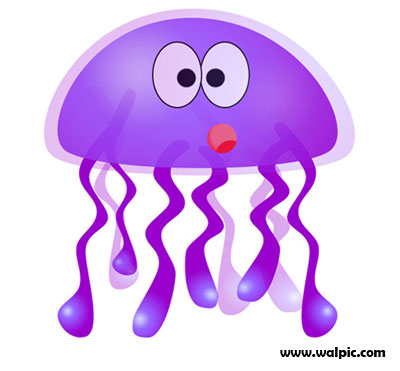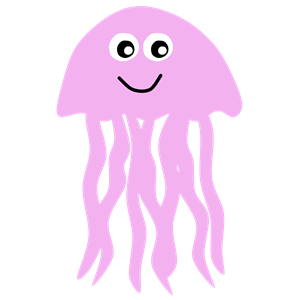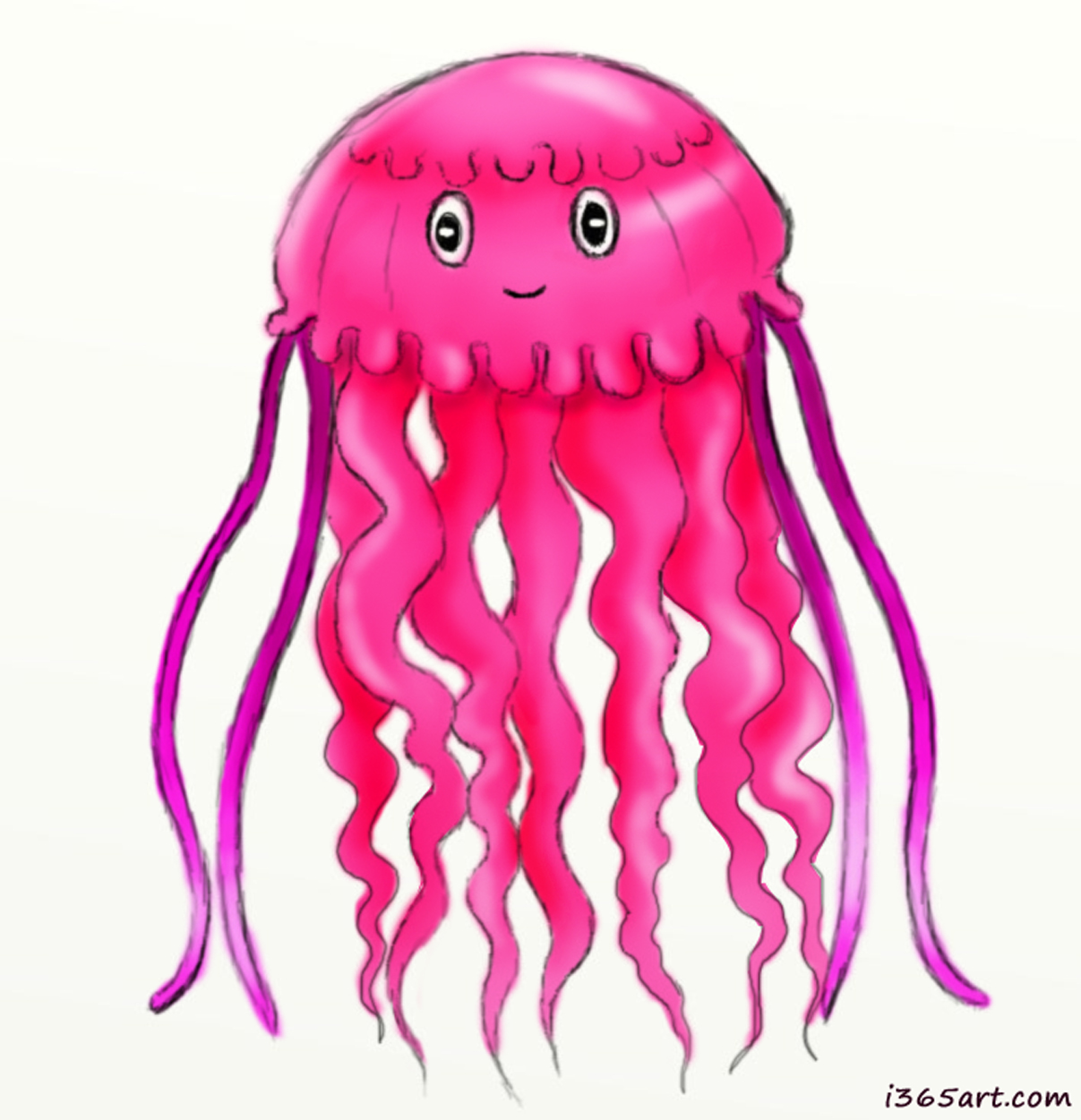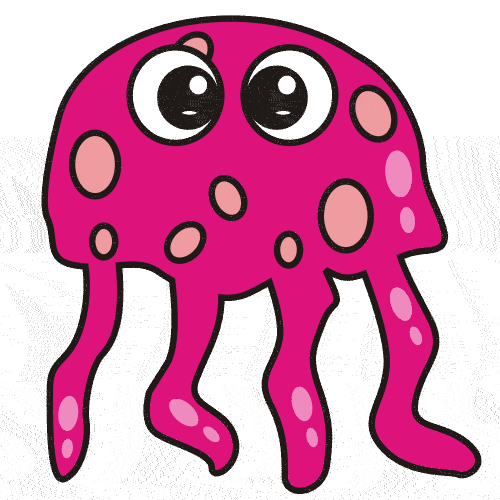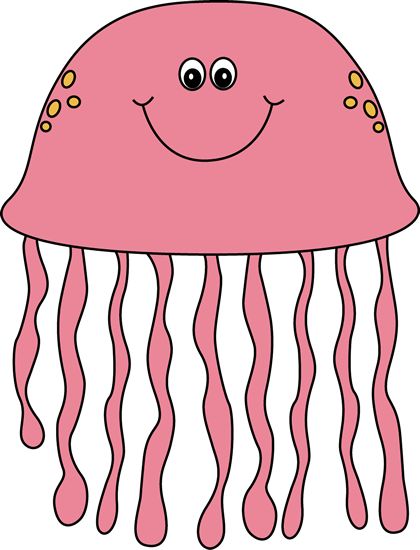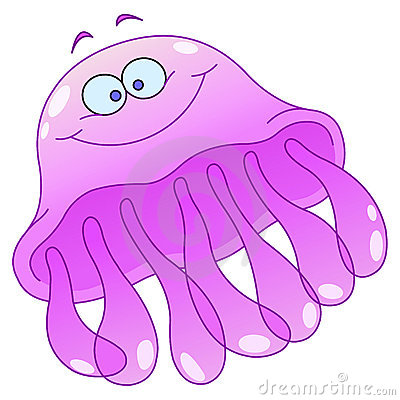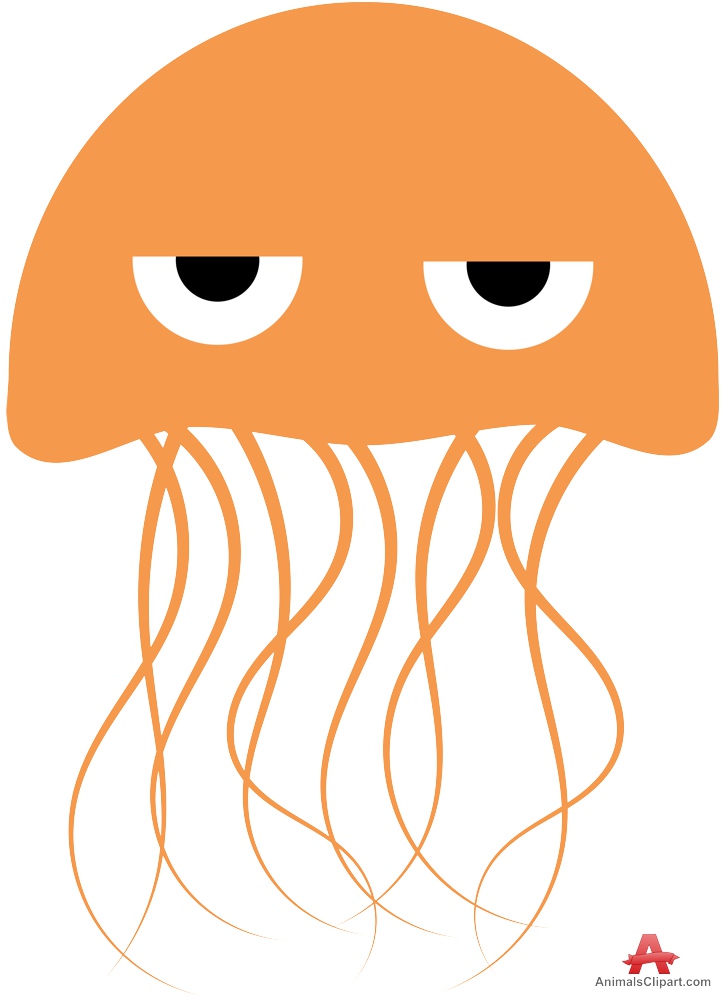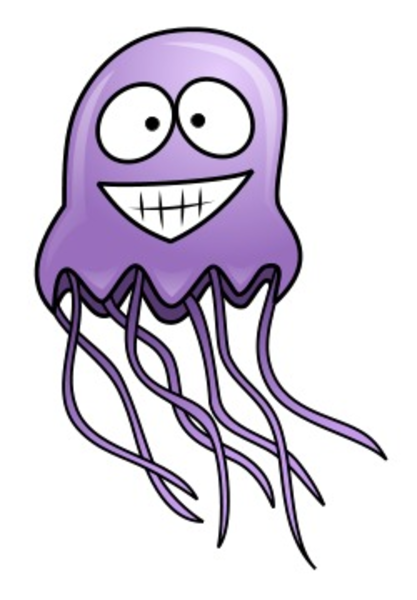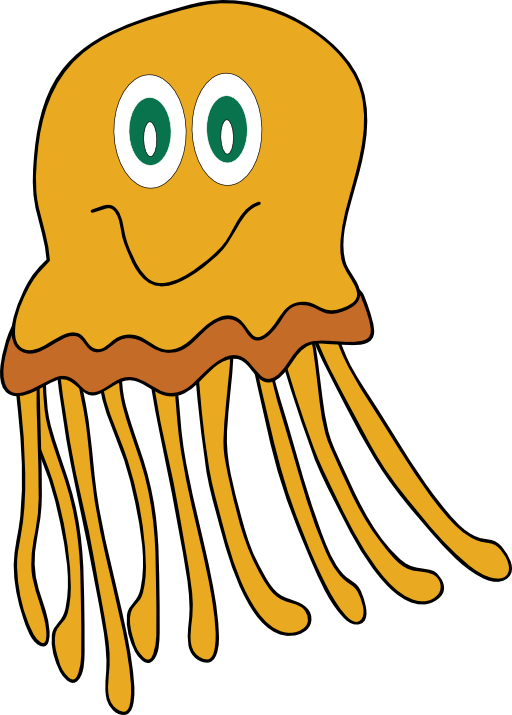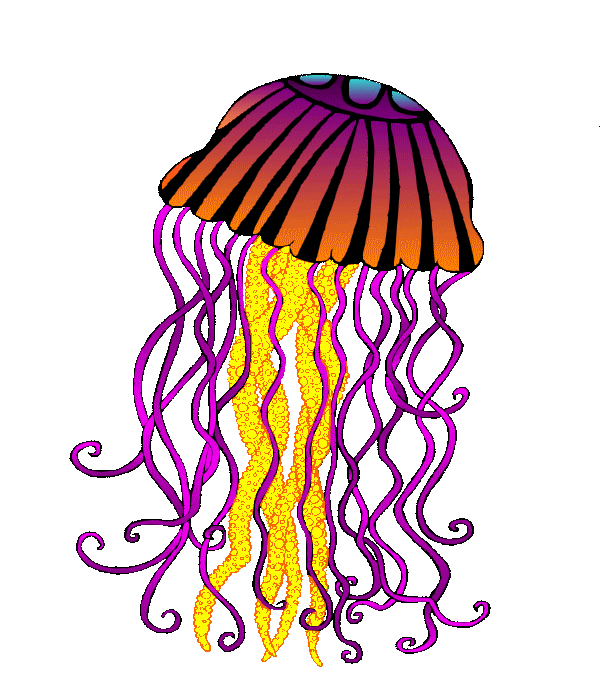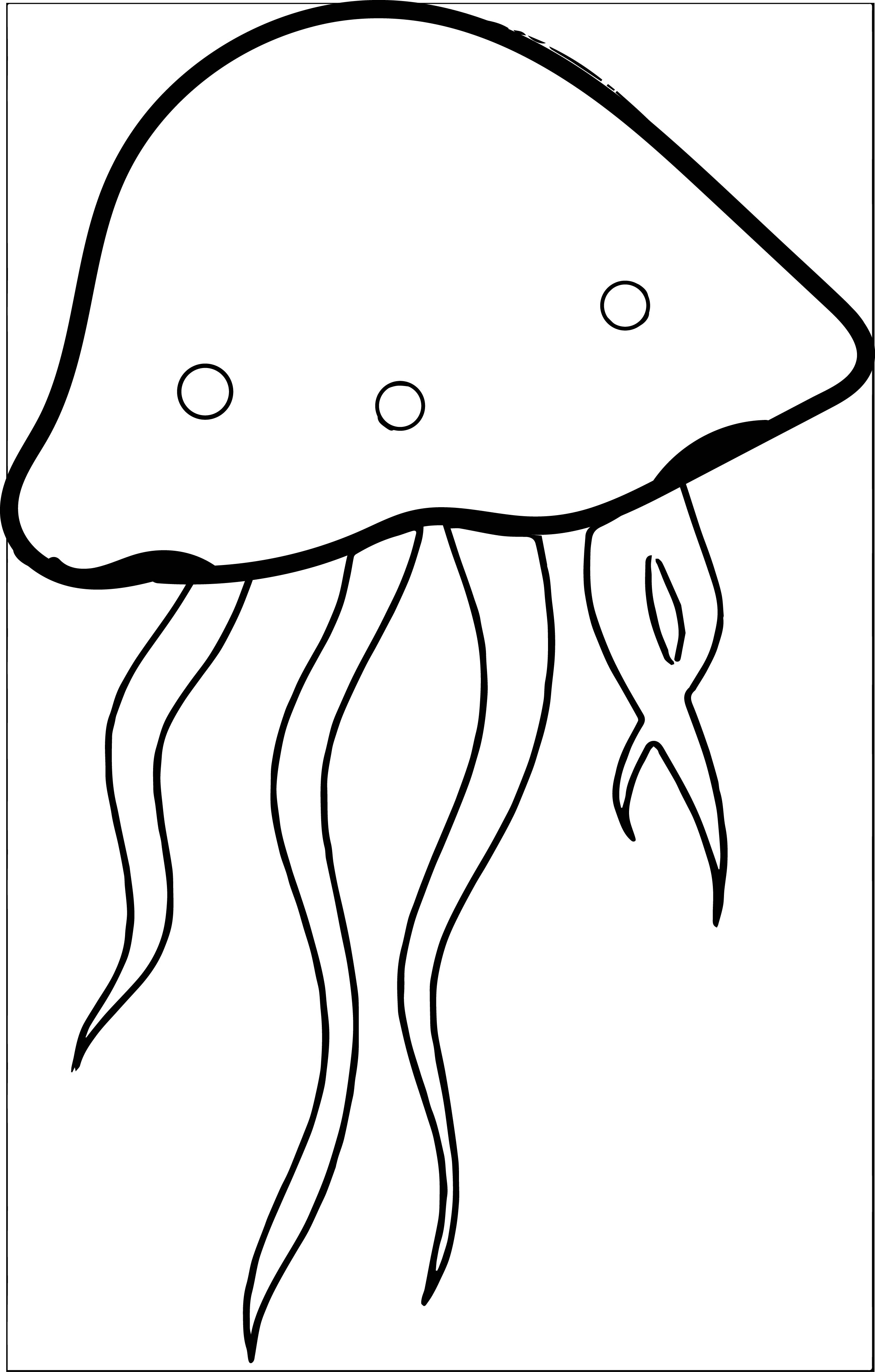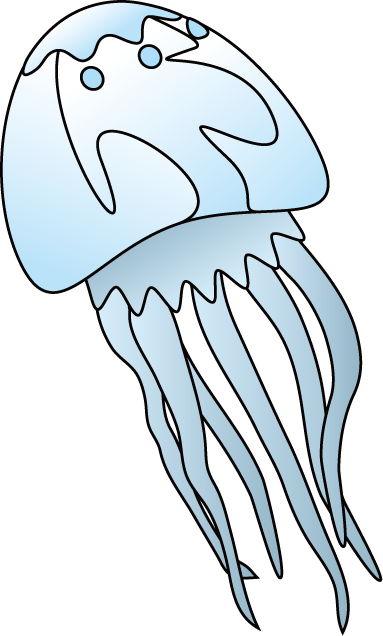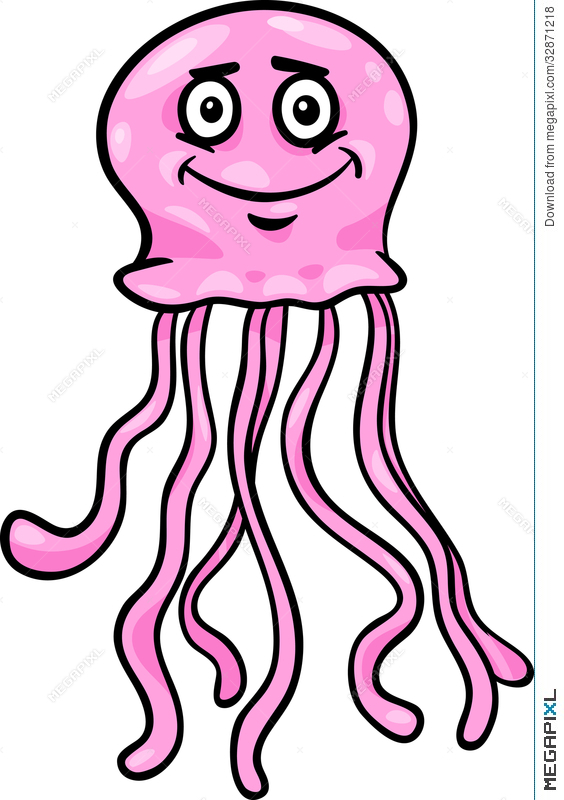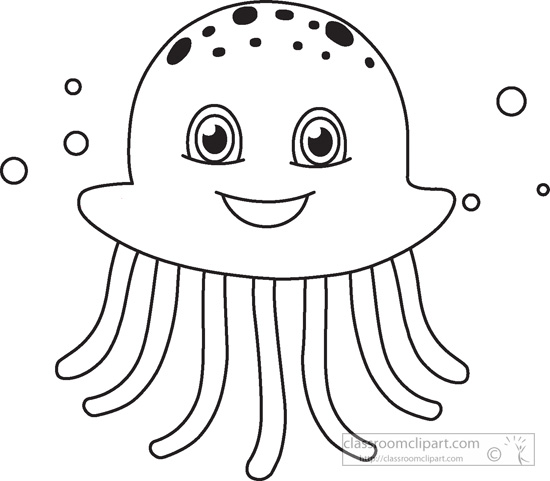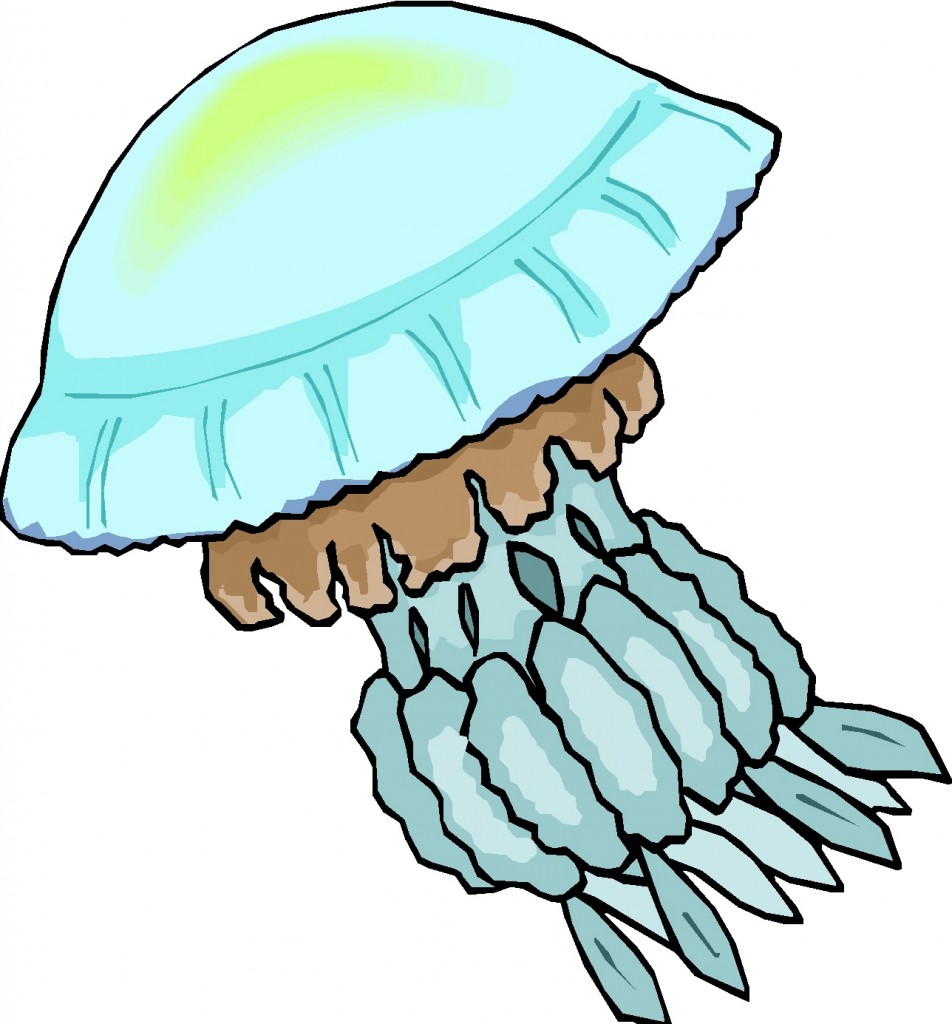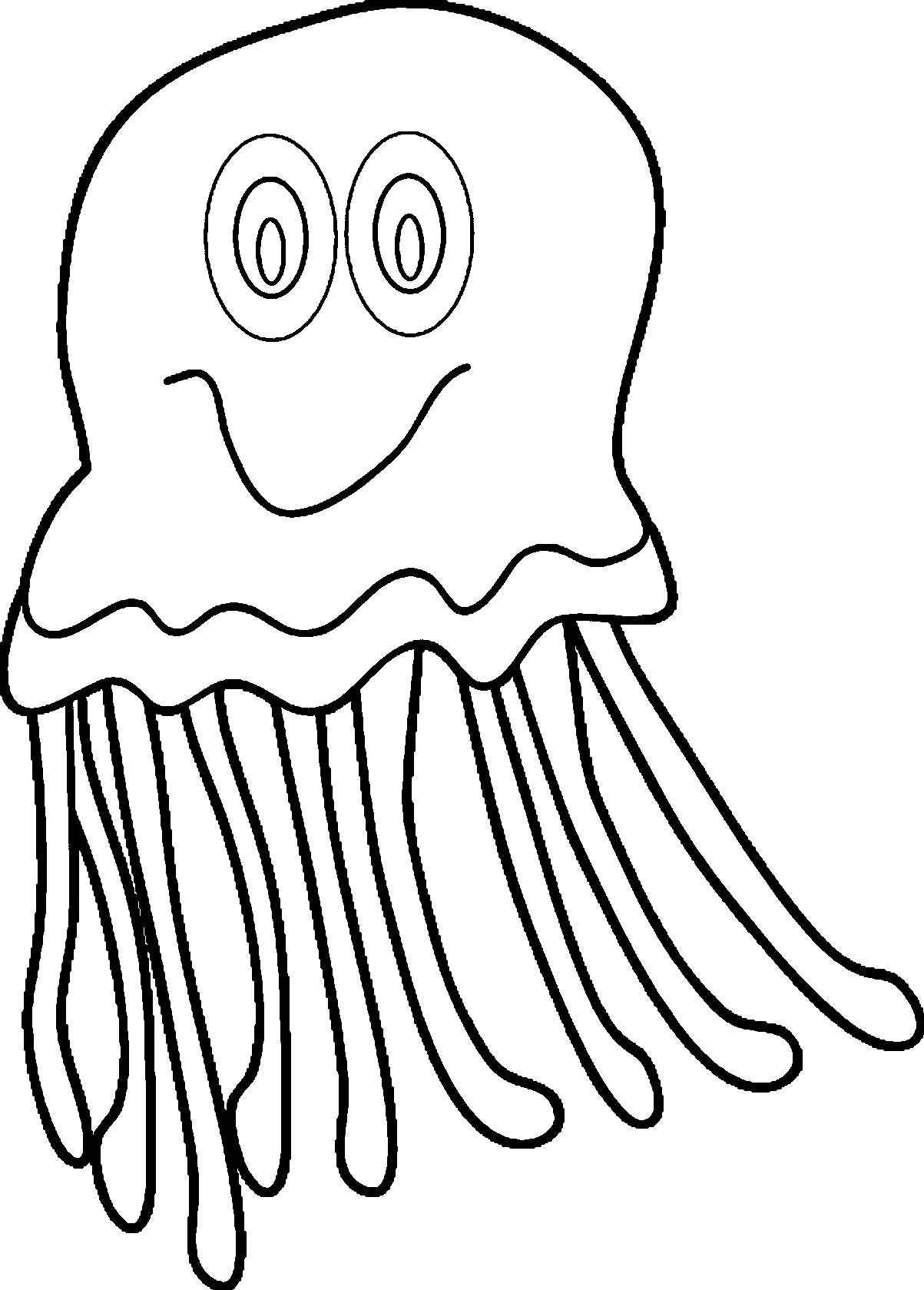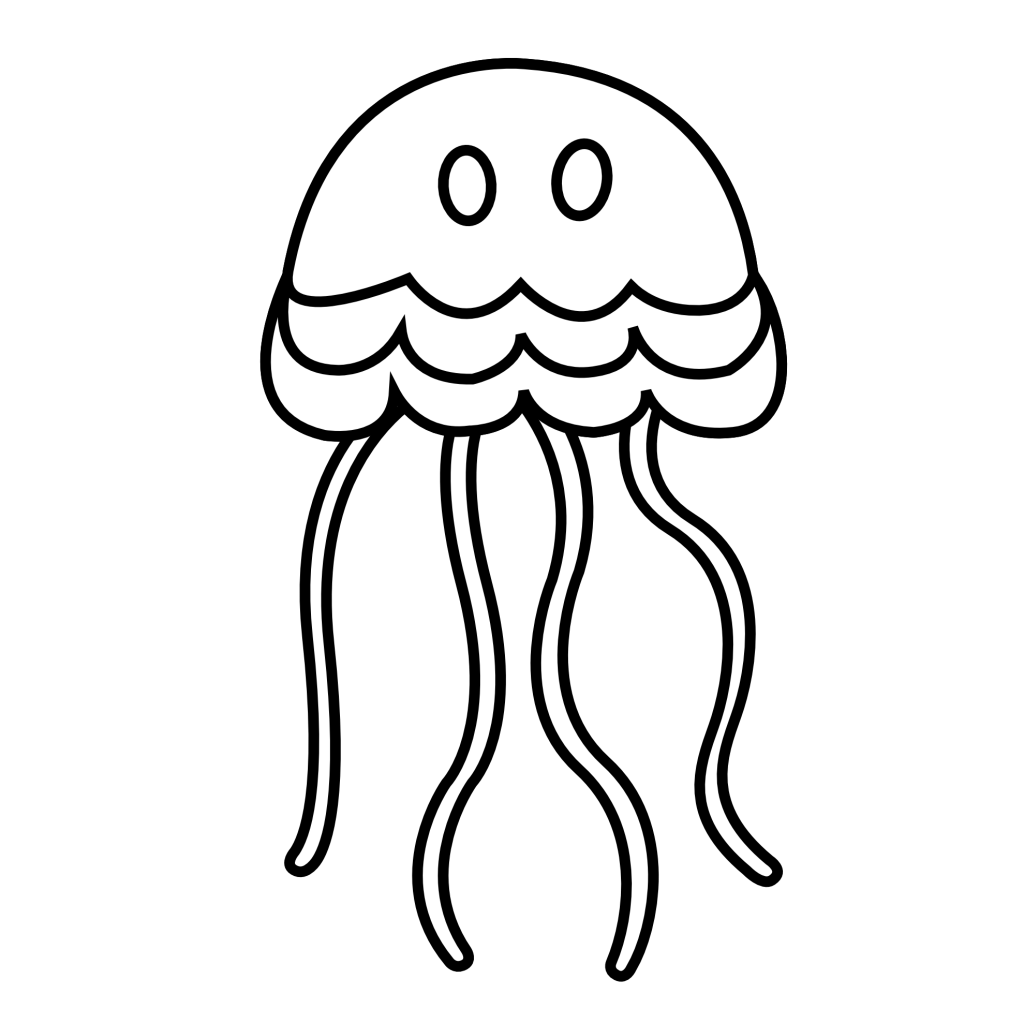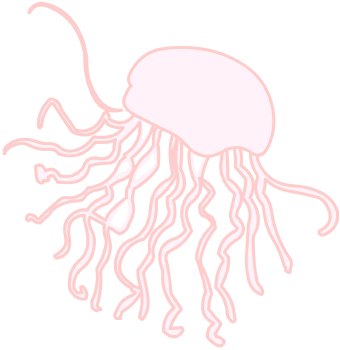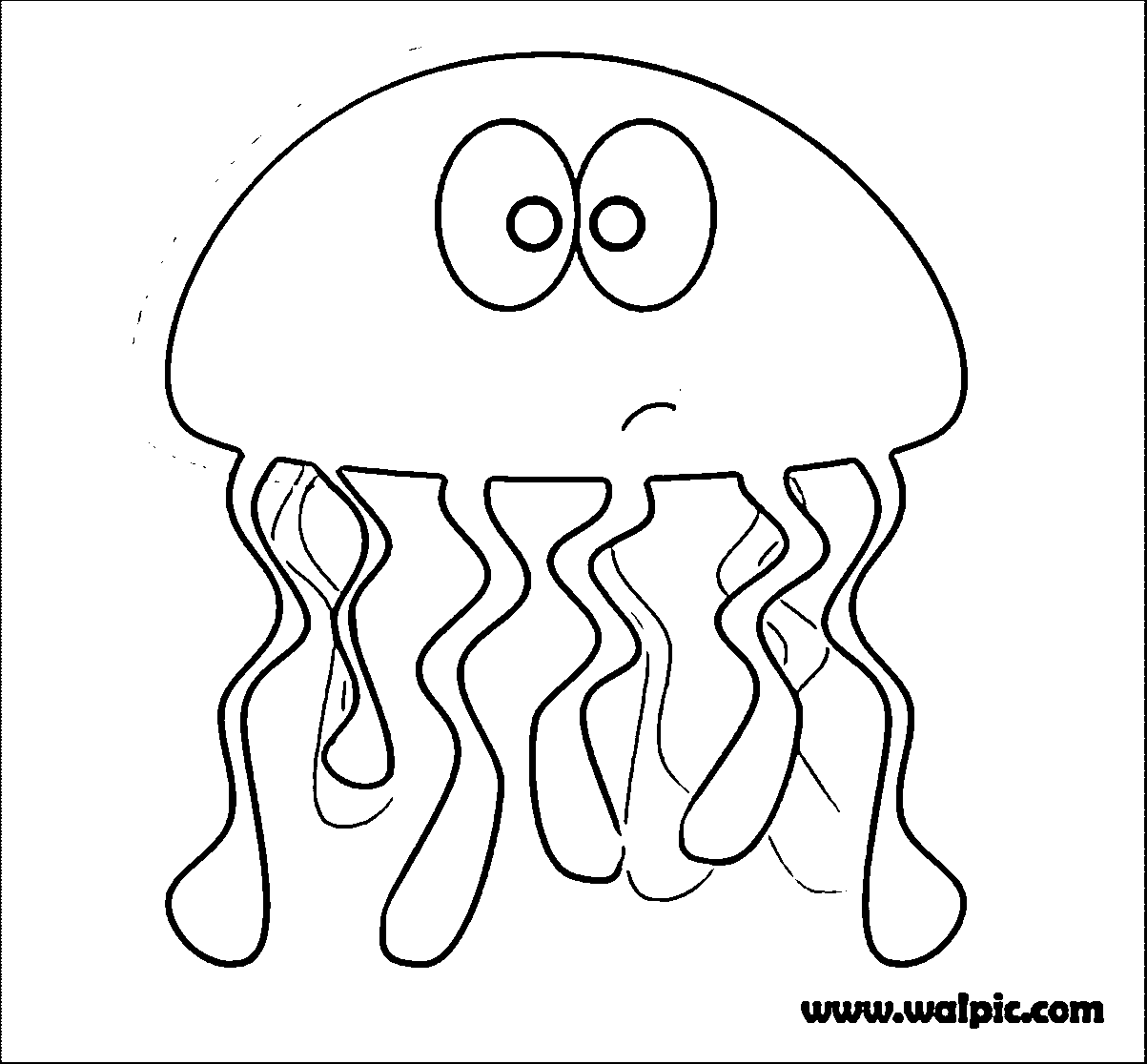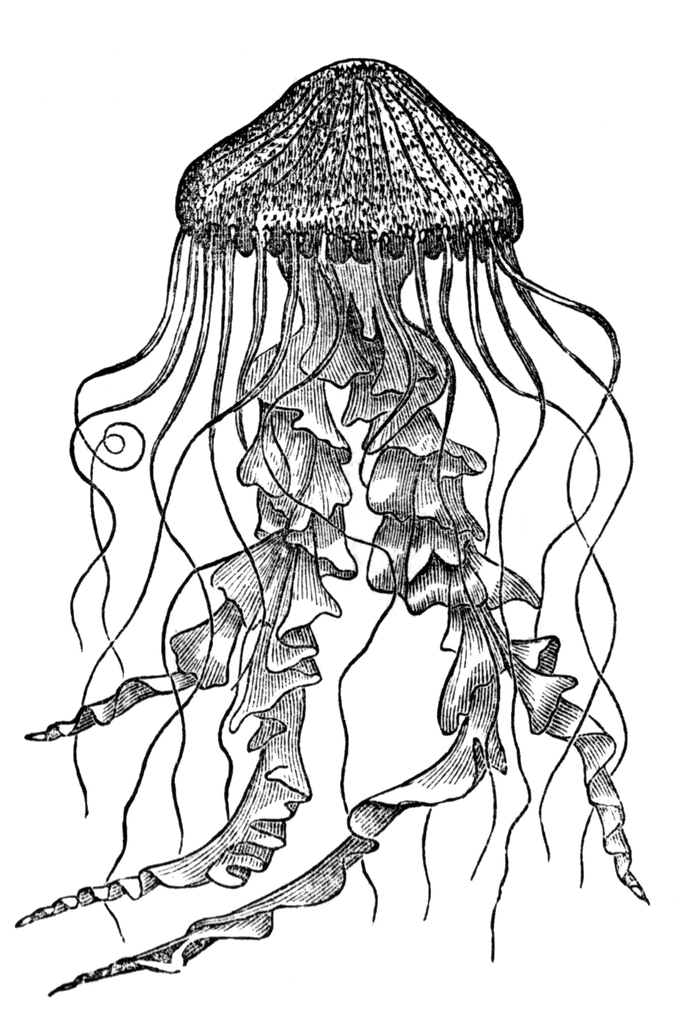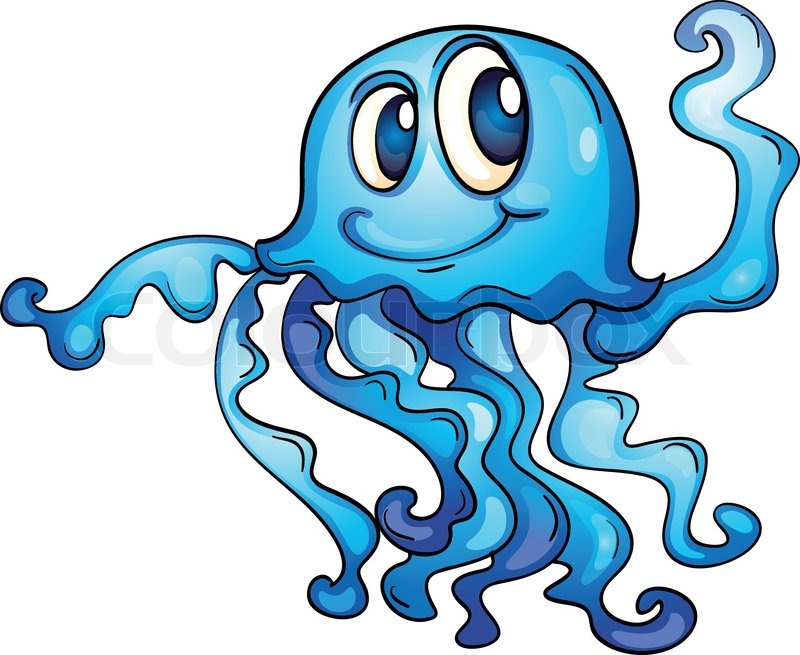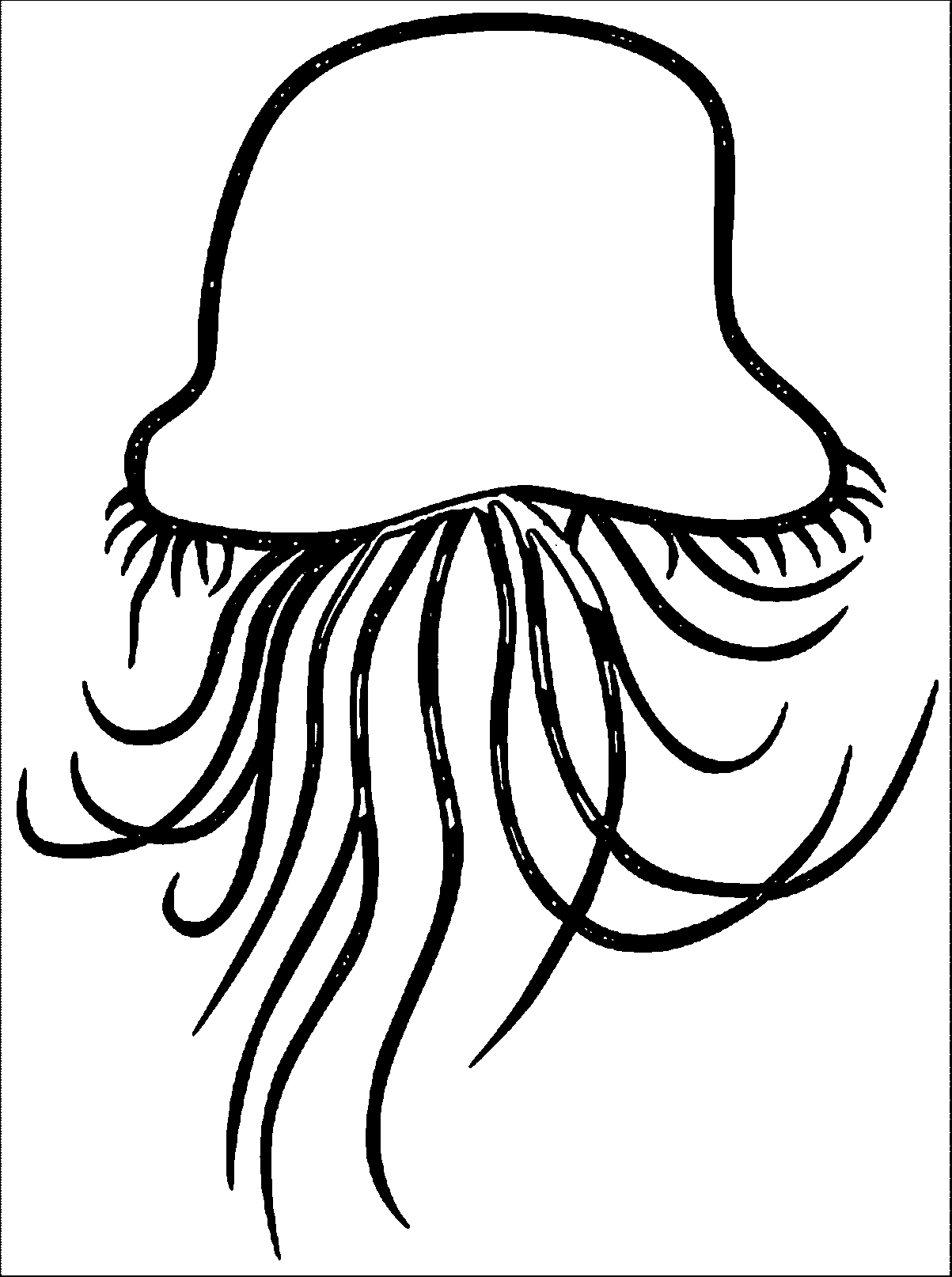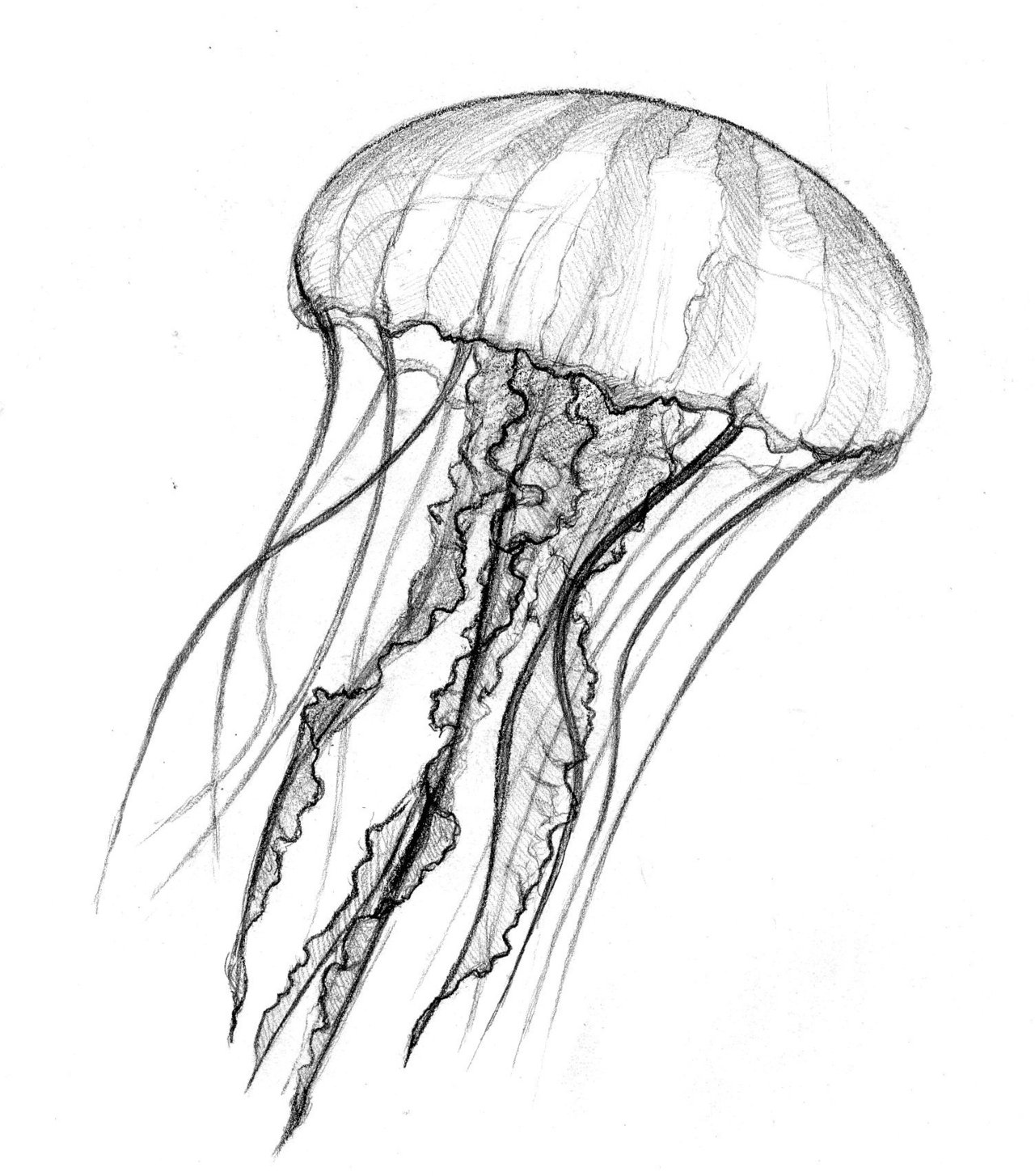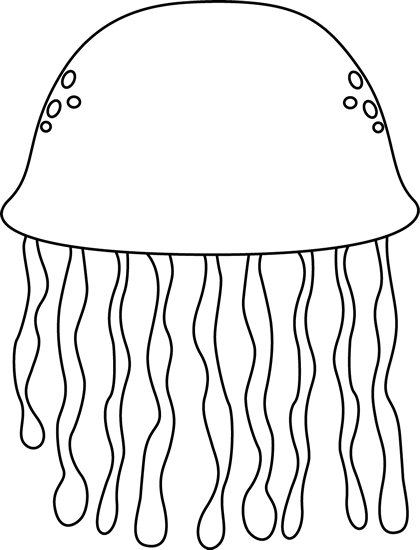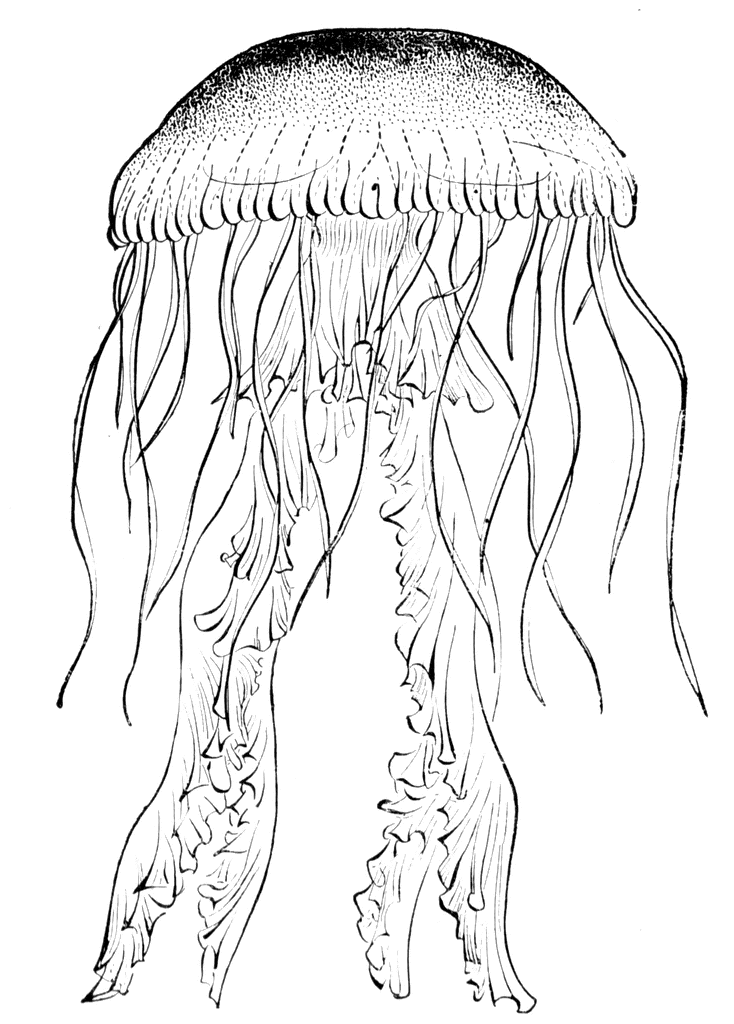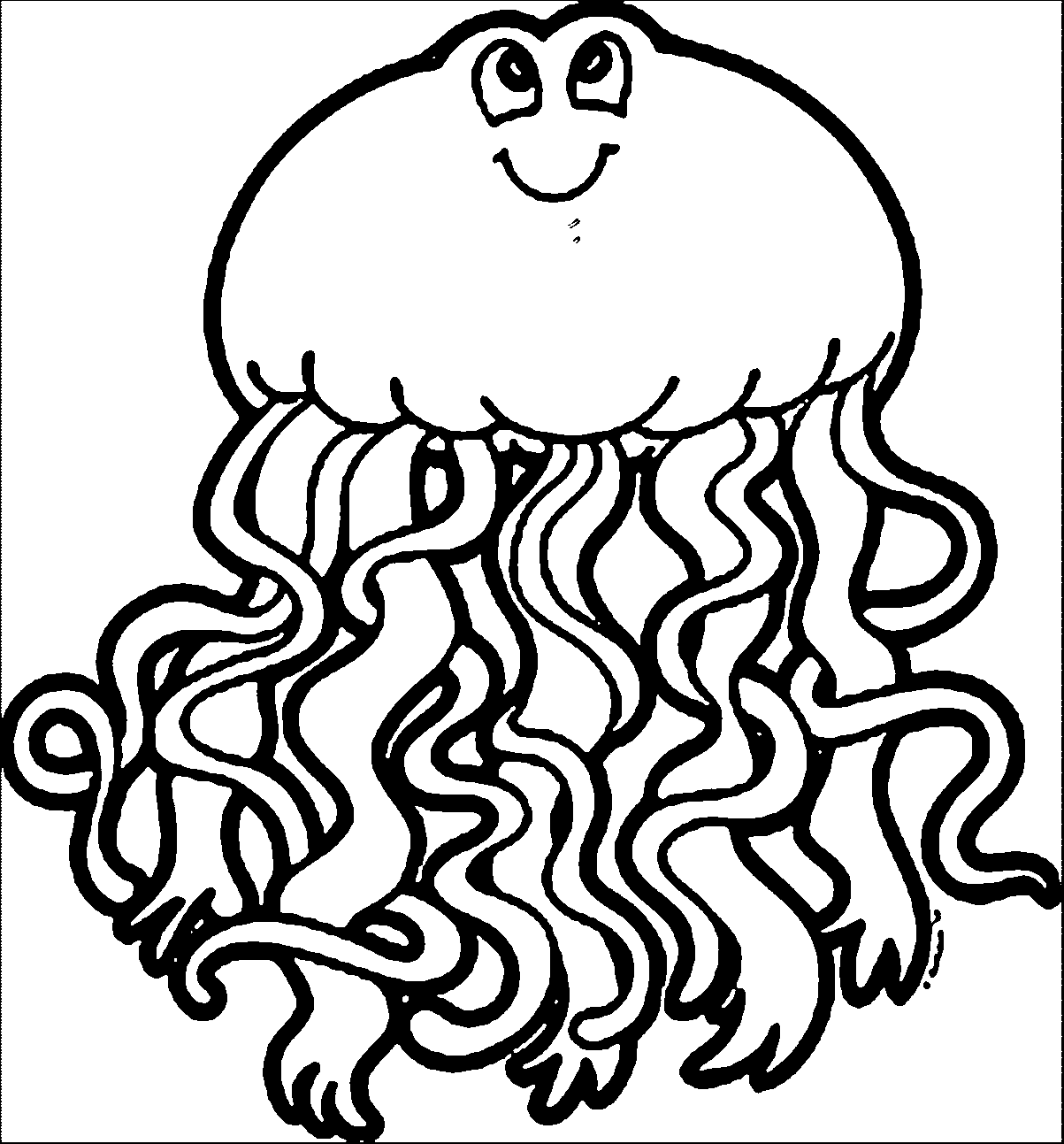Jellyfish Clipart
Jellyfish are fascinating creatures that have captivated the human imagination for centuries. These gelatinous animals drift and pulse through the oceans, propelling themselves by pulsating their umbrella-shaped bells – the largest species of which can be up to six feet in diameter. Although jellyfish may seem otherworldly, there are many remarkable facts and features about these animals that merit further investigation.
Jellyfish are classified as invertebrates, meaning that they lack a backbone or spinal column. There are over 2,000 known species of jellyfish, which can range in size from smaller than a thumb to larger than a person, and can be found in virtually every ocean habitat. Although they possess similarities, jellyfish species differ greatly in appearance, habits, and habitat.
Jellyfish lack many of the anatomical parts that are common in other animal groups. They have no head, brain, heart, or lungs, and instead rely on a simple nervous system to coordinate their movements. This is facilitated by a set of specialized sensory organs called rhopalia, located around the edge of the bell. These contain simple eyespots that can detect light and dark and help the jellyfish navigate through the water.
Jellyfish are also known for their venomous stinging cells, nematocysts. These small capsules are found in the tentacles, which trail behind the jellyfish as it moves through the water, and are used to capture prey. When a tentacle comes into contact with a potential meal, the nematocysts explode, releasing a tiny barbed spear that injects venom into the prey, paralyzing it and allowing the jellyfish to consume it.
Despite their reputation for being pests to swimmers and fishers, jellyfish play an important ecological role in marine ecosystems. They are primary predators, specifically zooplankton, small fish, and invertebrates. Jellyfish populations fluctuate greatly from year to year, which has the potential to disrupt marine food webs.
Jellyfish populations have also been affected by climate change and the consequences of human activities such as overfishing and warming of the oceans. While jellyfish may seem like simple creatures, their role in marine ecosystems and the natural wonders of the oceans around the world make them worthy of further observation and admiration.
34 Jellyfish Clipart vector / images. Browse the popular clipart of jellyfish and get Jellyfish Clipart for your personal use. Please share these Jellyfish Clipart to your friends if it is useful.

